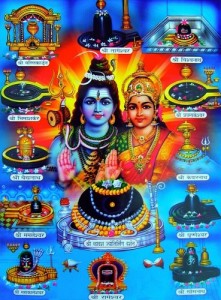 Jyotirling is believed to be a sacred symbol that represents the permanent abode of Lord Shiv. It is also said that after attaining a certain level of devotion to Shiv, the devotee can see the stone ling as a glow of light radiating from the earth. According to the Puranas, Lord Shiv, also known as Aadi Dev and Mahadev, made his first appearance in the form of a Jyotirling. This incident took place on Krishna Chaturdashi of the Phalgun month in the Ardra nakshatra. This day is celebrated today as the festival of Mahashivratri. Regarding the birth of the Ling, descriptions in the Ling Puran state once when Brahma and Vishnu debated the superiority of the Gods, Shiv appeared in the form of an infinite Jyotirling and asked them to determine the beginning and the end of the Ling. Lord Vishnu took the form of Varah and Lord Shiv that of a swan to determine the upper and the lower ends of the ling, respectively. After a journey of 1000 years, Lord Vishnu could not locate the source of the Jyotirling and returned unsuccessful. On the other hand, Brahma produced a Ketaki flower as a witness and made a false claim of locating the upper end. Lord Shiv, furious at Brahma’s lie, emerged from the Jyotirling and spelled a curse that Brahma will not be worshipped anywhere in the world and that Ketaki flowers will not be used in any religious celebration. This entire episode also proved that Lord Shiv is the greatest of all Gods. A group of modern historians believe that the Jyotirling locations were centres of ancient atomic powers. The reasoning behind the presence of radioactive elements in the water and sand of Banaras (Kashi) is also the same. The word Jyotirling is derived from the words Jyoti (vision) and ling (symbol of Shiv). From a philosophical viewpoint, it means the vision that shows a devotee the path toward unison with Shiv, and by treading the path, one can be in complete harmony with Shiv. This is perhaps the basis of the non-dualist (adwaitwadi) philosophy of Shankar. Lord Shiv appeared as a Jyotirling at various places for the welfare of the people. According to the Shiv Puran and Aadiguru Shankaracharya’s composition ‘Dwadash Jyotirling Strotram’, there are 12 Jyotirlings—Shri Somnath, Shri Mallikarjun, Shri Mahakaleshwar, Shri Imkareshwar and Amaleshwar, Shri Kedareshwar, Shri Bhemashankar, Shri Vishwanath, Shri Trimbakeshwar, Shri Vaidyanath, Shri Rameshwaram, and Shri Ghrishneshwar. The Shiv Puran illustrates the stories of how each of these Jyotirlings was established. It also states that the mere utterance of the names of the Jyotirlings rids an individual of the sins that he/she has committed in 7 lives. The spiritual significance of the Jyotirlings is mentioned in various Puranas as well as epics like Ramayan and Mahabharat. Lord Krishna performed the rudrabhishek in the Nageshwar Jyotirling, and the Rameshwar Jyotirling was established by Lord Ram.
Jyotirling is believed to be a sacred symbol that represents the permanent abode of Lord Shiv. It is also said that after attaining a certain level of devotion to Shiv, the devotee can see the stone ling as a glow of light radiating from the earth. According to the Puranas, Lord Shiv, also known as Aadi Dev and Mahadev, made his first appearance in the form of a Jyotirling. This incident took place on Krishna Chaturdashi of the Phalgun month in the Ardra nakshatra. This day is celebrated today as the festival of Mahashivratri. Regarding the birth of the Ling, descriptions in the Ling Puran state once when Brahma and Vishnu debated the superiority of the Gods, Shiv appeared in the form of an infinite Jyotirling and asked them to determine the beginning and the end of the Ling. Lord Vishnu took the form of Varah and Lord Shiv that of a swan to determine the upper and the lower ends of the ling, respectively. After a journey of 1000 years, Lord Vishnu could not locate the source of the Jyotirling and returned unsuccessful. On the other hand, Brahma produced a Ketaki flower as a witness and made a false claim of locating the upper end. Lord Shiv, furious at Brahma’s lie, emerged from the Jyotirling and spelled a curse that Brahma will not be worshipped anywhere in the world and that Ketaki flowers will not be used in any religious celebration. This entire episode also proved that Lord Shiv is the greatest of all Gods. A group of modern historians believe that the Jyotirling locations were centres of ancient atomic powers. The reasoning behind the presence of radioactive elements in the water and sand of Banaras (Kashi) is also the same. The word Jyotirling is derived from the words Jyoti (vision) and ling (symbol of Shiv). From a philosophical viewpoint, it means the vision that shows a devotee the path toward unison with Shiv, and by treading the path, one can be in complete harmony with Shiv. This is perhaps the basis of the non-dualist (adwaitwadi) philosophy of Shankar. Lord Shiv appeared as a Jyotirling at various places for the welfare of the people. According to the Shiv Puran and Aadiguru Shankaracharya’s composition ‘Dwadash Jyotirling Strotram’, there are 12 Jyotirlings—Shri Somnath, Shri Mallikarjun, Shri Mahakaleshwar, Shri Imkareshwar and Amaleshwar, Shri Kedareshwar, Shri Bhemashankar, Shri Vishwanath, Shri Trimbakeshwar, Shri Vaidyanath, Shri Rameshwaram, and Shri Ghrishneshwar. The Shiv Puran illustrates the stories of how each of these Jyotirlings was established. It also states that the mere utterance of the names of the Jyotirlings rids an individual of the sins that he/she has committed in 7 lives. The spiritual significance of the Jyotirlings is mentioned in various Puranas as well as epics like Ramayan and Mahabharat. Lord Krishna performed the rudrabhishek in the Nageshwar Jyotirling, and the Rameshwar Jyotirling was established by Lord Ram.
Important symbolic meaning of a jyotirlinga
- The all pervading Brahmatmalinga or all pervading light.
- In the Taittiriya Upanishad the twelve principles of Brahman, the Great Illusion (Maya), the embodied soul, the mind, intellect, subconscious mind, ego and the five cosmic elements have been referred to as the twelve jyotirlingas.
- The twelve sections of the Shivalinga.
- In the summit of a sacrificial fire (yadnya) the shalunka represents the altar (vedi) of the fire and the linga the flame of the fire.
- A representation of the twelve adityas.
- The sites of eruption of fire from the dormant state of the volcano.
Since Lord Yama the master of the south is controlled by Shankar, the south is the direction of Lord Shankar. The jyotirlingas (that is the mouths of the shalunkas) face southward direction. Most of the temples do not face the southward direction. When the mouth of the shalunka faces southwards its pinda possesses more energy while the pinda with the mouth of the shalunka facing northwards has less energy.
The spiritual significance of the Jyotirlings is mentioned in various Puranas as well as epics like Ramayan and Mahabharat. Lord Krishna performed the rudrabhishek in the Nageshwar Jyotirling, and the Rameshwar Jyotirling was established by Lord Ram.
 There are twelve Jyotir Lingam temples, spread throughout India. Puranas say that Siva’s presence exist in these shrines.
There are twelve Jyotir Lingam temples, spread throughout India. Puranas say that Siva’s presence exist in these shrines.
The southernmost of these is located at Rameswaram, while the northernmost is located in the snowy heights of the Himalayas at Kedarnath. These temples are closely linked with legends from the puranas and are rich in history and tradition.
- Somnath is the foremost of the 12 Jyotirlinga Shrines of Siva (at Prabhas Patan in Saurashtra in Gujarat)
- Sree Sailam – Mallikarjuna temple near Kurnool (Andhra Pradesh)
- Ujjain – Mahakaleshwar Jyotirlinga shrine (Ujjain or Avanti in Madhya Pradesh)
- Omkareshwar at Amareswara: an island in the course of the river Narmada in Madhya Pradesh.
- Kedarnath – the Northernmost of the Jyotirlingas. Kedarnath, nestled in the snow clad Himalayas (UP). It is accessible only on foot, six months in a year.
- Bhimashankar at Dakini – Associated with the legend of Siva destroying the demon Tripurasura. It is located in the Sahyadri hills of Maharashtra, accessed from Pune.
- Varanasi – The Vishwanath temple in Benarus in Uttar Pradesh
- Tryambakeshwar near Nasik – The origin of the river Godavari is intimately linked with this Jyotirlinga shrine near Nasik in Maharashtra.
- Vaidyanath temple at Deogarh The ancient pilgrimage town of Deogarh is in the Santal Parganas area of Jharkhand.
- Nageshwar near Dwarka
- Rameswaram: This vast temple in the island of Rameswaram, in Southern Tamilnadu enshrines Ramalingeswarar, and is revered as the southernmost of the 12 Jyotirlinga shrines of India.
- Grishneshwar at Ellora – Located in the vicinity of the tourist town of Ellora in Maharastra, which has several rock cut monuments from the 1st millennium CE.
1: Somnath Jyotirlingam
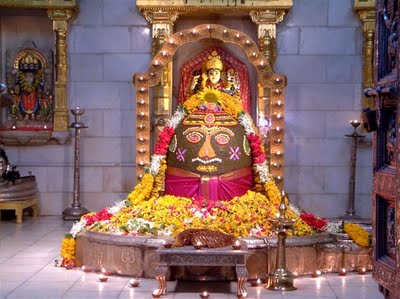 Temple of Lord Somnath is situated near the town of Veraval in Western part of Gujarat. Veraval is reached from Rajkot. The temple at present is a great imposing structure and is situated just on the sea shore.Skanda Purana describes the emergence of this Jyotirling.
Temple of Lord Somnath is situated near the town of Veraval in Western part of Gujarat. Veraval is reached from Rajkot. The temple at present is a great imposing structure and is situated just on the sea shore.Skanda Purana describes the emergence of this Jyotirling.
Legend goes that the moon was married to the 27 daughters of Daksha Prajapati. Amongst all his wives, he loved most Rohini and neglected the others. Seeing the negligence of Chandra towards his other wives, Daksha cursed Chandra that he would lose his charm and radiance.
As the moon lost the radiance and beauty the entire world became lifeless. A disturbed Chandra, came down to Prabhasa with Rohini and worshipped the Linga of Somnath. He was blessed by Shiva to grow and shine in the bright half.
As the moon regained his light here, this town came to be known as Prabhasa. Brahma, one of the trinity, installed the Brahmashila, and paved way for the construction of the temple.
On the1 request of the Chandrama and other gods Bhagwan Shankar assumed the name Somchandra (Jyotirlinga) and resided there eternally. He became famous by the name Somnath in the three worlds.
2: Mallikarjuna Jyotirlingam
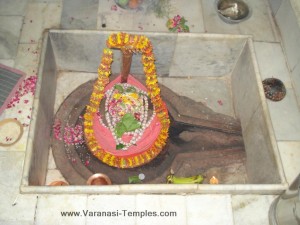 There once lived a brahmin in Avanti, who had four sons, who were great devotees of Lord Shiva. Dushanan, a demon was giving trouble, disturbing all good & religious activities.
There once lived a brahmin in Avanti, who had four sons, who were great devotees of Lord Shiva. Dushanan, a demon was giving trouble, disturbing all good & religious activities.
The brahmins from all over the land gathered with the four sons & performed pooja to Lord Siva. The spot where they had taken mud to make the Lingam, had become a huge pond.
When Dushanan came to disturb their pooja, Lord Siva rose from this pond as Mahakaleshwarar & destoryed Dushanan. On the request of the brahmins, Lord Shiva gave darshan to devotees at this divine place.
3: Mahakaleshwar Jyotirlingam
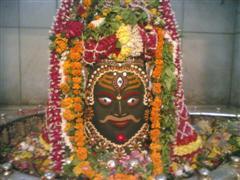 The shrine of Mahakaleshwar is situated at Ujjain (or Avanti) in Madhya Pradesh. It was considered to be the capital of King Vikramaditya Chandragupta of the Gupta dynasty. According to one legend, demon Dushana beset the residents of Avanti; upon the request of the population of Avanti Lord Shiva appeared from the ground and bested the demon. Since that period Shiva took up permanent address here as Mahakaleshwara Jyotirlinga. The Maha Shivaratri Festival is celebrated here every year with much ecstasy and gaiety.
The shrine of Mahakaleshwar is situated at Ujjain (or Avanti) in Madhya Pradesh. It was considered to be the capital of King Vikramaditya Chandragupta of the Gupta dynasty. According to one legend, demon Dushana beset the residents of Avanti; upon the request of the population of Avanti Lord Shiva appeared from the ground and bested the demon. Since that period Shiva took up permanent address here as Mahakaleshwara Jyotirlinga. The Maha Shivaratri Festival is celebrated here every year with much ecstasy and gaiety.
4: Omkareshwar Jyotirlingam
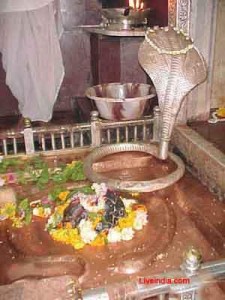 Omkareshwar is situated on the Mandhata hills in Madhya Pradesh, known in ancient times as Shivpuri. The temple dates back to the Krita Yuga. River Narmada flows here around the Mandhata hill in the form of an Om (Omkaram).
Omkareshwar is situated on the Mandhata hills in Madhya Pradesh, known in ancient times as Shivpuri. The temple dates back to the Krita Yuga. River Narmada flows here around the Mandhata hill in the form of an Om (Omkaram).
The Omkareshawar temple is built in the North Inidan style of architecture.Shiva Lingas of various sizes are sold in great numbers in this place. It is said that once, sage Narada during his visit to the Vindyas, sang the praise of mount Meru to Mount Vindhya.
On hearing this, Mount Vindhya prayed to Lord Shiva to gain in importance. Lord Siva blessed him & appeared here as Omkareshwara & Amaleshwara and gave the boon of growing, but without hindering Shiva devotees.. But the Vindhyas did not stop growing, and even obstructed the sun and the moon.
Sage Agasthya subdued its growth by saying it should not grow till he gets back there. He never went back & hence the growth was arrested.
5: Vaidyanath Jyotirlingam
 As per the legend,the demon king Ravana meditated hard to invoke Lord Shiva, and requested him to come over to Sri Lanka, so that his capital may become invincible. Ravana then attempted to lift the holy mountain,Kailasa, Lord Shiva’s abode to take it with him to his capital.
As per the legend,the demon king Ravana meditated hard to invoke Lord Shiva, and requested him to come over to Sri Lanka, so that his capital may become invincible. Ravana then attempted to lift the holy mountain,Kailasa, Lord Shiva’s abode to take it with him to his capital.
Lord Shiva in anger crushed him with his finger, and Ravana prayed to him for apology. Later on, Shiva gave him one of the twelve Jyotirlingams with the condition that if it was placed on the ground it would get rooted soon. Ravana was then carrying it back on his trek to his capital.
Soon Ravana had nature’s call and wanted to relieve himself. Ganesha then came down in the form of a young boy and volunteered to hold the Jyotirlingam as he relieved himself. But before Ravana could return, the boy placed the jyotirlingam on the ground to which it got rooted.
A disappointed Ravana worshipped Lord Shiva here, and cut off nine of his heads as a part of his repentance. Shiva revived him and joined the heads to the body, like a Vaidyaor a physician, hence this Jyotirlingam is named as Vaidyanath.
6: Bhimashankar Jyotirlingam
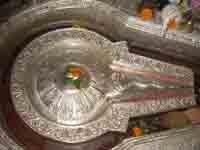 The jyotir Lingam is situated on top of the Sahyadri hill temple.The Lingam measures around one and a half feet & quite narrow.
The jyotir Lingam is situated on top of the Sahyadri hill temple.The Lingam measures around one and a half feet & quite narrow.
The temple Bhimashankar is located at Bhuvanagiri village in Pune district of Maharashtra. River Bhima has its source here. This temple in the Nagara style is very old and not very big structure.
Lord Siva is considered to be taking rest here after killing Tripurantaka.Shivaji, the Maratha king had made rich endowments for the maintenance of the temple.
7: Rameshwaram Jyotirlingam
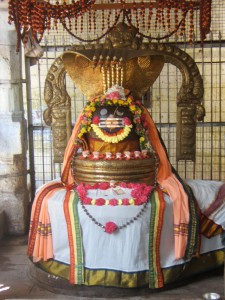 This shrine is located at the extreme south eastern point of the Indian peninsula and was consecrated by Lord Rama. The jyotirlingam was worshipped by Lord Rama to atone the sin of killing Ravana.
This shrine is located at the extreme south eastern point of the Indian peninsula and was consecrated by Lord Rama. The jyotirlingam was worshipped by Lord Rama to atone the sin of killing Ravana.
Hanuman flew to get the lingam from Kailasa but was very late,hence Rama worshipped the Lingam made of sand by wife Sita. This Lingam worshipped by Lord Rama is known as Ramanath.
When Hanuman returned he was disappointed that his Lord had not used the Lingam that he had brought. Lord Rama pacified Hanuman & named this Lingam Kasi Viswanath. Devotees have to worship Kasi Viswanath before worshipping Ramanath.
8: Nageshwar Jyotirlingam
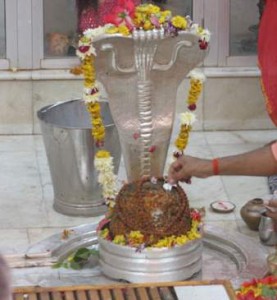 Temple of Lord Nageshwar is situated in Gujarat, and is about 12 kms on the way to Beti Dwaraka. There once lived a demon called Daruka with his wife Daruki, who were extremely cruel and tortured the innocent people. Daruki was in fact a great devotee of Lord Shiva.
Temple of Lord Nageshwar is situated in Gujarat, and is about 12 kms on the way to Beti Dwaraka. There once lived a demon called Daruka with his wife Daruki, who were extremely cruel and tortured the innocent people. Daruki was in fact a great devotee of Lord Shiva.
Later Daruka wanted to know the ways of worshipping Lord Shiva.A Shiva devotee, Supriya ,fearing that Daruka would use any additional powers gained by such worship, refused to guide him. The angry Daruka tortured her.
Lord Shiva appeared and killed the demon Daruka. Later on Shiva killed his wfe,Daruki too.
The Nageswara Jyotirlingam is claimed to exist in 3 places in Dwaraka, in Audhgram, near Almora in Uttar Pradesh. he Sivalingam is facing South, with the Gomugam facing East.
9: Kashi Vishwanath Jyotirlingam
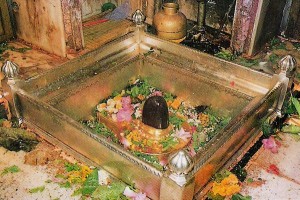 This shrine of Lord Viswanath is situated in Varanasi.in Northen India. The Siva lingam is placed in a square shaped brass plated pit.
This shrine of Lord Viswanath is situated in Varanasi.in Northen India. The Siva lingam is placed in a square shaped brass plated pit.
Devotees are permitted to offer worship such as abhishekam with holy ganga water, garlanding the Lord, karpoora aarathi, etc. personally to the swaymbhu lingam.
The Lord himself has declared this spot as his Royal residence. Goddess Parvathi’s mother felt ashamed that Lord Shiva no decent dwelling. To please Parvathi Devi, Shiva asked Nikumbha to provide him with a dwelling place at Kashi.Here are several smaller shrines around the main shrine. The head of each ghat has a Shiva lingas
10: Tryambakeshwar Jyotirlingam
 Lord Trayambakeshwar resides in a beautiful locale about 20 kms from the city of Nashik. It is a well connected place and can also be reached from Mumbai in about 5 hours This shrine is located in the Tryambak town near Nasik. The temple is in the Indo Aryan style.
Lord Trayambakeshwar resides in a beautiful locale about 20 kms from the city of Nashik. It is a well connected place and can also be reached from Mumbai in about 5 hours This shrine is located in the Tryambak town near Nasik. The temple is in the Indo Aryan style.
The temple structure with excellent adornments of idols and sculptures, is surrounded by a massive stone wall. There is a huge bull in front of the temple & another marble Nandi is seen on the inside.
The sculptural adornments continues even to the garbagriha with human, animals and yakshas carved .
From the Jyotir Lingam at the centre of the garbagriha, trickles the Ganges continuously throughout the year. Sometimes, it is said flames issue forth as also a rumbling sound.
11: Kedarnath Jyotirlingam
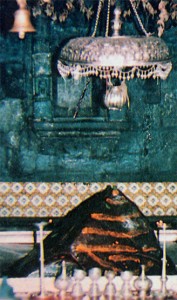 Kedarnath is located at an elevation of 11,735 feet above sea level. This is at the head of the Mandakini River,which is amongst the holiest pilgrimages for the Hindus. This is the only shrine where the Lingam is in pyramidal shape.
Kedarnath is located at an elevation of 11,735 feet above sea level. This is at the head of the Mandakini River,which is amongst the holiest pilgrimages for the Hindus. This is the only shrine where the Lingam is in pyramidal shape.
According to legend, Lord Shiva wished to elude the Pandavas, and took refuge in Kedarnath in the form of a bull. On being followed, He dived into the ground, leaving behind his hump of the surface. The hump is worshipped in the temple of Kedarnath.
The remaining parts of the body are worshipped at four other places- The arms (Bahu) at Tungnath, Face (Mukh) at Rudranath, Navel (Nabhi) at Madmaheshwar and Hair (Jata) at Kalpeshwar. Together with Kedarnath, these places are known as the Panch Kedar.
The uniqueness and greatness of this temple sees mention in the vedas, and epics.It is believed that temple that exists till date was constructed by the Pandavas. There are the idols of Kedaragowri, Krishna, Pandavas, Draupadi, Vinayagar, Veerabadrar, Kaarthikeyan, Nandi.111
The shrine is covered by snow for 6 months in a year and is closed from Oct-Nov upto Apr-May
12: Grineshwar Jyotirlingam
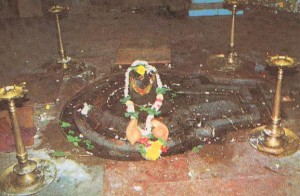 Grineshwar is situated near the Ellora caves, Maharashtra state,India.The legend associated with this shrine is like this.Kusuma was a devout woman who was a strong devotee of Lord Shiva.In her daily worship she immersed a ‘Shivalingam’ in a tank. Her husband’s first wife, was jealous of her standing in the society and murdered Kusuma’s son.Sad Kusuma continued her worship, and when she immersed the Shivalingam again in the tank, her son was miraculously restored to life. Lord Shiva is said to have appeared in front of her and the villagers.Since then the shivalingam here has been worshipped in the form of a Jyotirlinga Ghusmeshwar. This Jyotir Lingam is considered to exist in two places, one in Devagiri near Ellora & the other at the Kailasa temple in Ellora.
Grineshwar is situated near the Ellora caves, Maharashtra state,India.The legend associated with this shrine is like this.Kusuma was a devout woman who was a strong devotee of Lord Shiva.In her daily worship she immersed a ‘Shivalingam’ in a tank. Her husband’s first wife, was jealous of her standing in the society and murdered Kusuma’s son.Sad Kusuma continued her worship, and when she immersed the Shivalingam again in the tank, her son was miraculously restored to life. Lord Shiva is said to have appeared in front of her and the villagers.Since then the shivalingam here has been worshipped in the form of a Jyotirlinga Ghusmeshwar. This Jyotir Lingam is considered to exist in two places, one in Devagiri near Ellora & the other at the Kailasa temple in Ellora.
 Amritsar Temples Photo Gallery, Famous Temple and Gurdwara Pictures, Information and History Amritsar Temples is the best place where you find beautiful collections of Amritsar Temple pictures, Info and history like golden temple, durgiana mandir, model town, mata lal devi mandir, shivala bagh bhayian and more. Amritsar Famous Temples, History, Information, About Historical Mandir, Golden Temple Pictures, Harmandir Sahib Gurdwara, Swarn Mandir, Darbar Sahib Amritsar, Durgiana Mandir Amritsar, Bada Hanuman Mandir Amritsar, Holy City Amritsar Pictures, Famous Amritsar Places, Shivala Bagh Bhayian Mandir,Bhadra Kali Mata Mandir, Chintpurni Mata Mandir, Ram Talai Mandir, Ram Tirath, Model Town, Mata Lal Devi Mandir, Shaheeda Sahib Gurdwara, Vaishno Devi Mata Bhawan Pictures, Radha Sawami Baba Ji Pictures, Veer Bhan Shivala, Gurdwara Chheharta Sahib, Sankat Mochan Hanuman Mandir, Gurdwara San Sahib, Banke Bihari Mandir, Gurdwara Goindwal Sahib, Baba Budha Sahib, Bohli Sahib, Itihasik Temples Pictures Download, Baba Bhoot Nath Maha Kaleshwar Mandir
Amritsar Temples Photo Gallery, Famous Temple and Gurdwara Pictures, Information and History Amritsar Temples is the best place where you find beautiful collections of Amritsar Temple pictures, Info and history like golden temple, durgiana mandir, model town, mata lal devi mandir, shivala bagh bhayian and more. Amritsar Famous Temples, History, Information, About Historical Mandir, Golden Temple Pictures, Harmandir Sahib Gurdwara, Swarn Mandir, Darbar Sahib Amritsar, Durgiana Mandir Amritsar, Bada Hanuman Mandir Amritsar, Holy City Amritsar Pictures, Famous Amritsar Places, Shivala Bagh Bhayian Mandir,Bhadra Kali Mata Mandir, Chintpurni Mata Mandir, Ram Talai Mandir, Ram Tirath, Model Town, Mata Lal Devi Mandir, Shaheeda Sahib Gurdwara, Vaishno Devi Mata Bhawan Pictures, Radha Sawami Baba Ji Pictures, Veer Bhan Shivala, Gurdwara Chheharta Sahib, Sankat Mochan Hanuman Mandir, Gurdwara San Sahib, Banke Bihari Mandir, Gurdwara Goindwal Sahib, Baba Budha Sahib, Bohli Sahib, Itihasik Temples Pictures Download, Baba Bhoot Nath Maha Kaleshwar Mandir
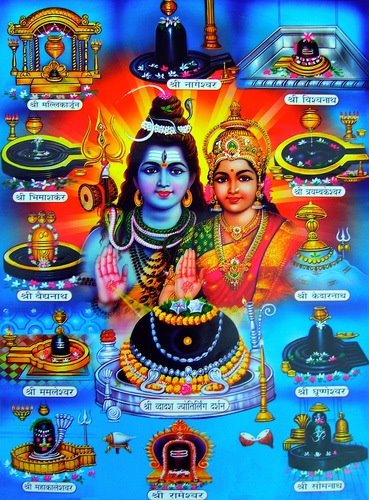
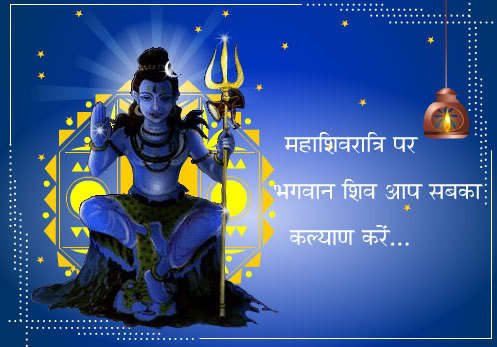
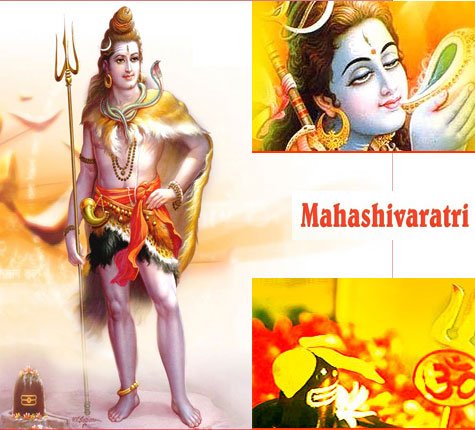
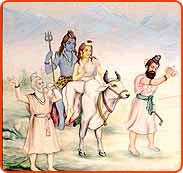
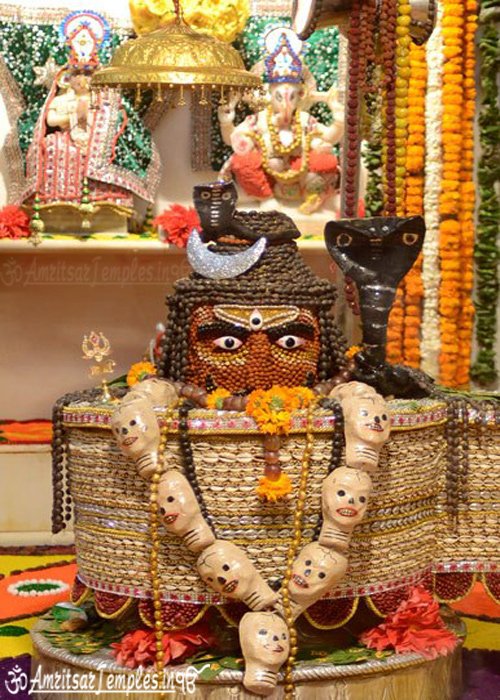
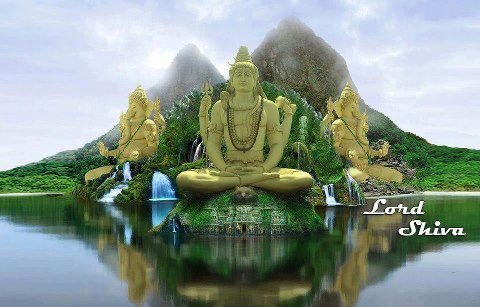
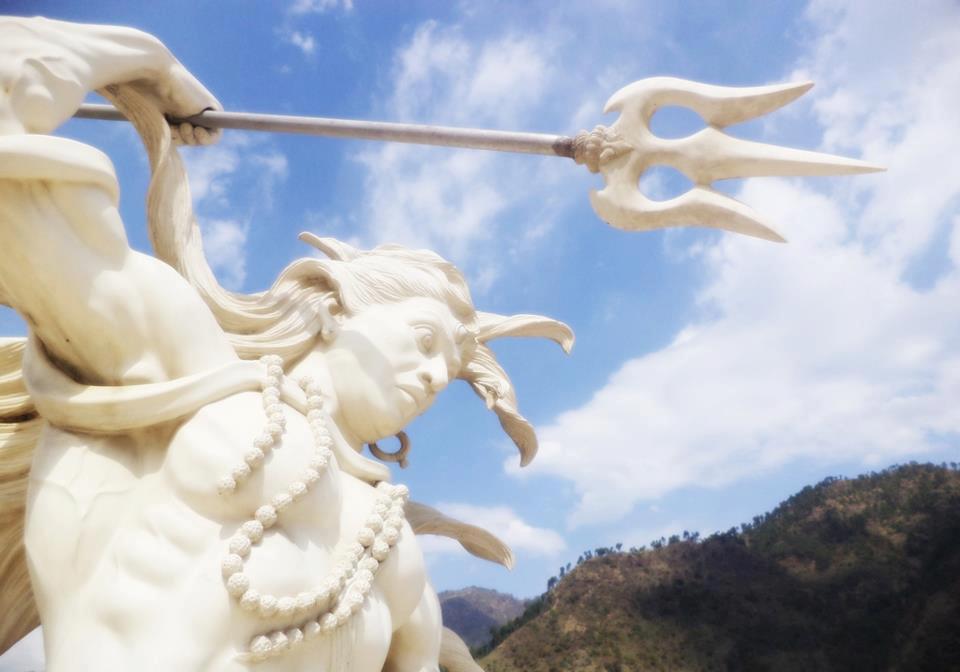
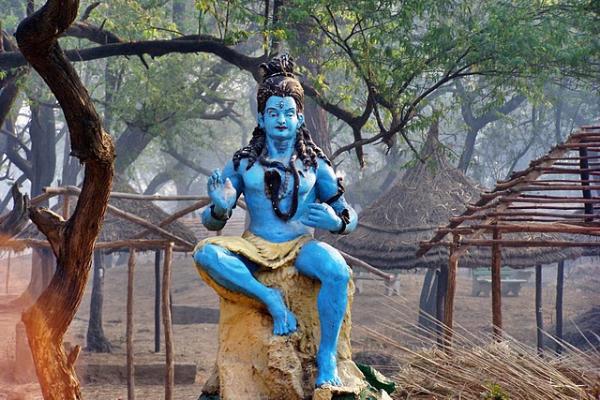
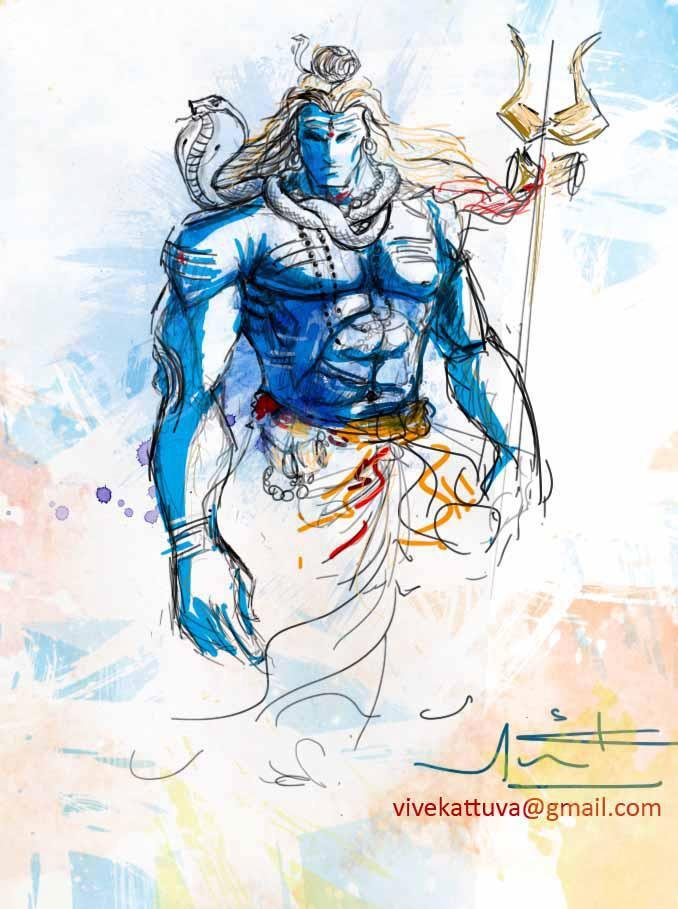
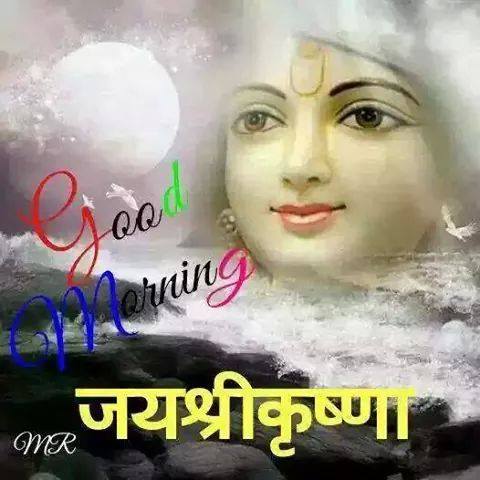

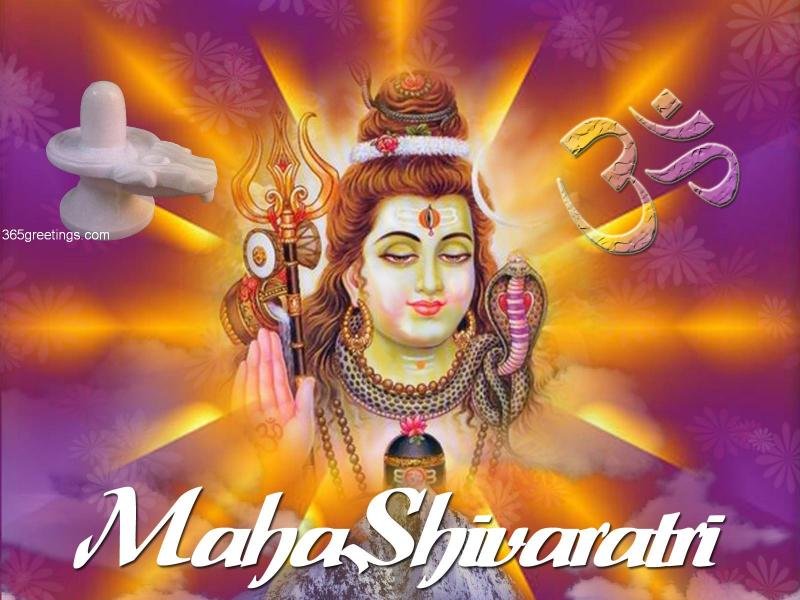

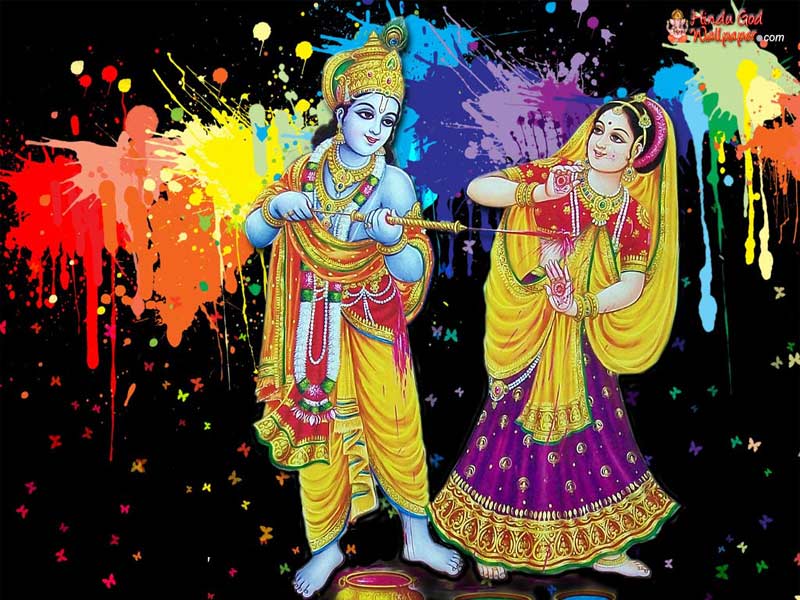

my heart says always lord shiva name my name is nagaraju .